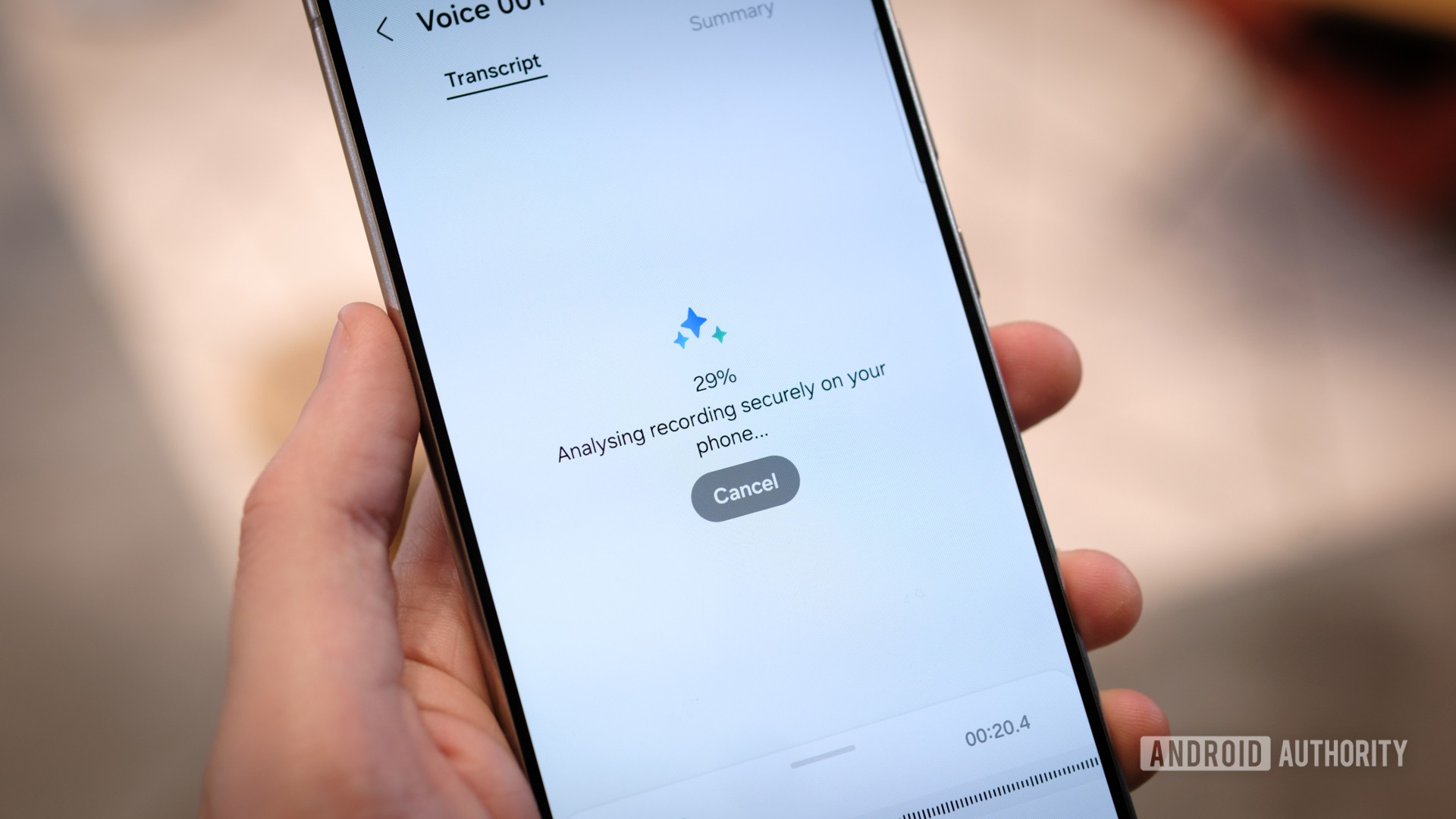Affiliate links on Android Authority may earn us a commission. Learn more.
AI is already messing up the era of long-term smartphone updates
Published onMay 11, 2024
When Samsung announced Galaxy AI alongside the Galaxy S24 series, one of the first questions on everyone’s lips was: will older phones receive these awesome features? After all, Samsung has one of the industry’s leading update policies, with modern handsets receiving five to seven years of major updates, raising expectations for prompt, long-term feature support.
After just a couple of months, Samsung rolled out its One UI 6.1 update, complete with Galaxy AI, to the Galaxy S23 series and the Tab S9 family, as well as foldables like the Galaxy Z Flip 5 and Z Fold 5. So far, so good — last year’s handsets run Galaxy AI just as well as the newer S24 series. However, it does beg a whole other question: why upgrade? Samsung stated that older handsets with long update commitments would receive a similar update in due time.
That time has come, with One UI 6.1 rolling out to 2021 and 2022 flagships, which includes the Samsung Galaxy S21, in South Korea and will soon be heading to the rest of the world. However, according to the changelogs, some older handsets only receive a subset of Galaxy AI features, leaving many customers with a paired-back vision of Samsung’s AI experience. The Galaxy S21 series, for instance, appears only to get Circle to Search (essentially a revamped and rebranded Google Lens), while the Z Fold 3 is set to receive AI-generated wallpapers and AI image editing. Talk about a mixed bag.

My gut says the curse of Exynos strikes again, as that seems to be a defining difference between the S21 and Z Fold 3 in terms of AI-capable hardware. And yes, there are Snapdragon variants within the Galaxy S21 series, but Samsung has always been reluctant to split features across chipset lines, preferring instead to hold back features to keep a level playfield for its customers.
Regardless, varying features within the same update for products in the same generation certainly isn’t ideal, undoubtedly leading to consumer confusion (and possibly complaints) about why their phone can do some new things but not others. To Samsung’s credit, however, bringing every new feature to every device forever is impossible. Hardware moves on, after all, and the quickly changing pace of AI, especially features that run on-device, is quickly pushing up the hardware requirements to run the latest and greatest tools.
Still, much like Google and its Pixel 8 AI feature fiasco that has left the seemingly capable but more affordable model without many features of its Pro sibling, the situation is all the harder to comprehend for Galaxy AI features that run in the cloud. Note Assist, Live Translate, and Chat Assist all require a web connection, according to Samsung, while Web Translation in the Samsung Browser has a cloud-based mode too. However, these aren’t featured in the update heading to older handsets from the Galaxy S21 series. Perhaps they still require an element of on-device processing that older phones aren’t capable of, or maybe Samsung is mindful of the costs of cloud computing for millions more consumers. Either way, it’s not entirely clear why some features have made their way back to older models but not others. Furthermore, I’m left scratching my head as to why some of these couldn’t be app updates rather than appearing in a new version of One UI, especially if the processing is cloud-based.
AI seems to have made it harder to fulfill all the expectations of long-term update support.
Returning to our Pixel comparison, Google has struggled to bring many of its latest and greatest AI features back to older handsets too, despite the touted AI chops of its Tensor processor inside the Pixel 6 and Pixel 7 series. There’s clearly a limit to what Samsung can do with older hardware. This all goes to show that long-term update policies offer no guarantee that you’ll receive every new feature that comes with the latest phones. Something to consider when buying these phones that promise seven years of updates. Will you be hankering for new features long before then?
The AI arms race has clearly thrown a spanner in the works when it comes to backporting every cutting-edge feature, and there’s no getting around the fact that pundits will grumble and consumers may be bemused by the fact that the latest One UI doesn’t quite have all the latest features. That said, we’re happy to see core OS upgrades make their way back to Samsung’s older Galaxy flagships in a timely manner, and the brand still deserves a pat on the back for showing how Android updates should be done.